Hello Everyone, About the time this forum was getting started, I was moving from 7/8" scale modeling into full size railroading. I became an active member of the SC Railroad Museum www.scrm.org and "played with the big boys for several years. At the same time, I also became a Corvette owner. The SC Railroad Museum has 6.5 miles of weed infested, overgrown, track (known as the west end) and my best friend, Larry, and I took it upon ourselves to reopen it to Rail Speeder Traffic. Partly because it was there, but mainly because we were worried that the track looked abandoned and growth was starting to occur in the area. We were afraid the the Museum would end up losing the track. The Museum was, like many all volunteer organizations, riddled with factions who spent more time arguing with each other than they did actually doing things. There was a hard core that wanted to run tourist trains and make money but they were not into maintenance of either the equipment or the track. So Larry and I ventured west and decided that we would ignore the squabbling and have fun. Beside, hard work is good for us. Here I am with my 1st Corvette picking up my Rail Speeder (A Fairmont MT-14) in Ohio to tow it back to SC.

The West End Track had seen no maintenance or tie replacement for over 60 years. Keep in mind that the useful life of a railroad tie, under ideal (well drained) conditions is 25 years. But the track was on a very stable granite base( the old railroad served two granite quarries) and the light weight of the speeder didn’t spread the rails. One of the guys at the Museum used to say “The only thing holding the rails in gauge on the West End is all of the Fire Ants holding hands!” So with a working speeder, chainsaws, assorted axes, etc. we set out on out mission. Here is a video we shot late on our first day. The “Green Wall” is what you hit when you are heading west and come to the end of the area where the track has been sprayed with weed killer. We had been through this section of track four times before I shot the video. We had already removed all of the dead branches, trees, and trash, and cut down all of the saplings that were in the way. We knew that the rails were unobstructed! On this run we were heading west and spraying weed killer behind us as we went. http://youtu.be/UEPR8X1rcho We were heading west toward the Chappeltown Road Crossing in the video. Here is a photo shot at the crossing looking east when we started.
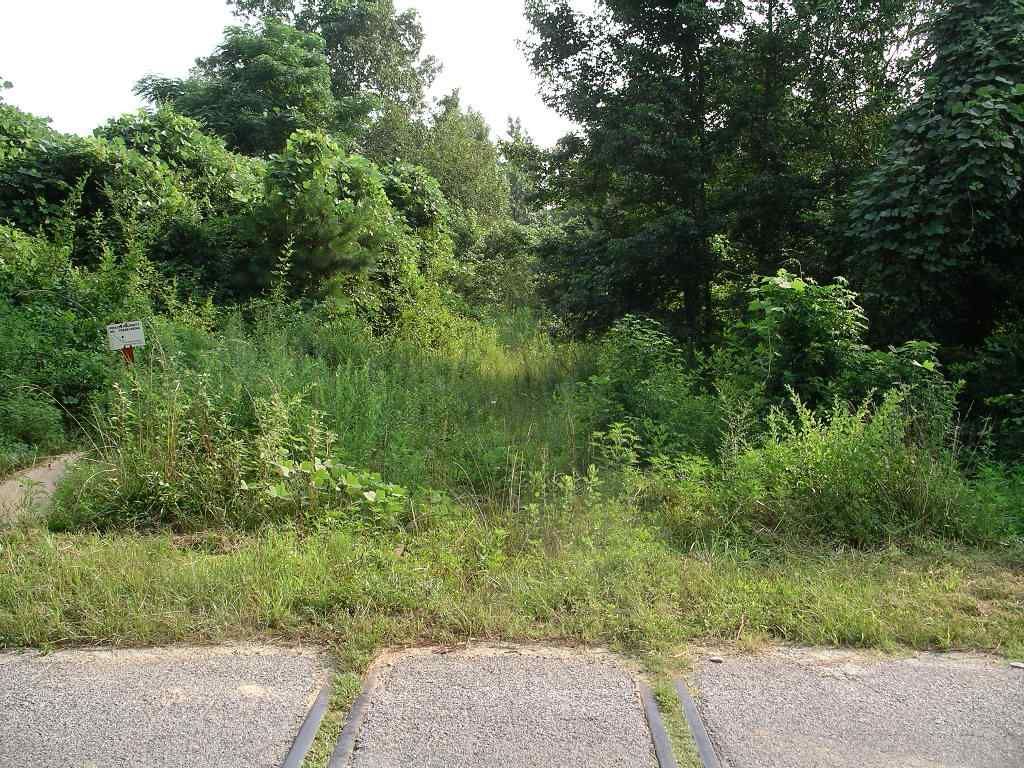
And 10 months and many gallons of weed killer later here is the same view.
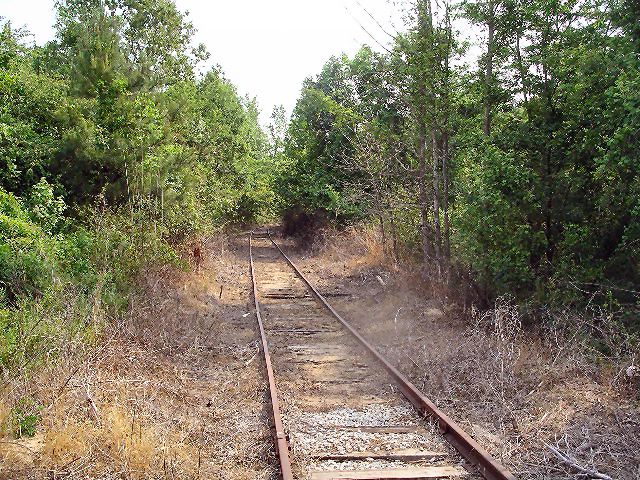
The flange ways were packed solid with clay and gravel so we took the Museum’s giant air compressor out there and blew them out.
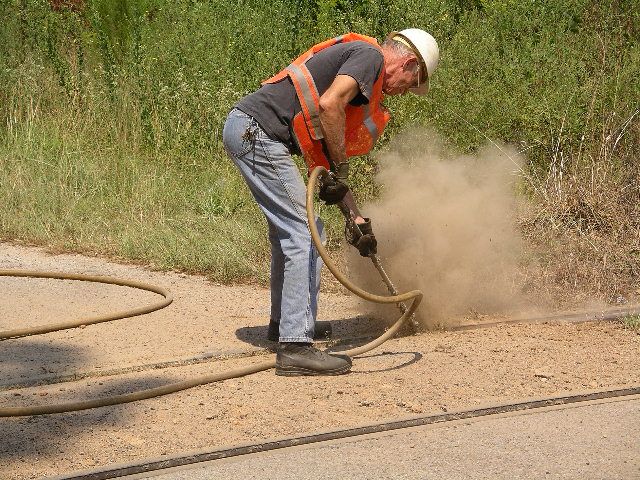
The video above was shot along Rion Causeway which was a dam built of granite rubble We have nor re-opened about a mile of track and the other guys back at the Museum started coming out to joy ride on the Museum’s speeders which were bigger and heaver than mine. By now we rarely derailed because we went slow, at creeping speed, and we knew where the gauge problems were. We thought it was funny that the guys who “never had time to help” kept derailing because they drove too fast. But the President of the Museum was supportive of what we were doing and he started buying us gauge rods. (These are 1 1/4" rods that clamp to the bottom of the rail and hold it in gauge and prevent the rails from leaning over) and we started "planting them in the worst places.

This is me…

And here are two nice shost of the causeway and the lake
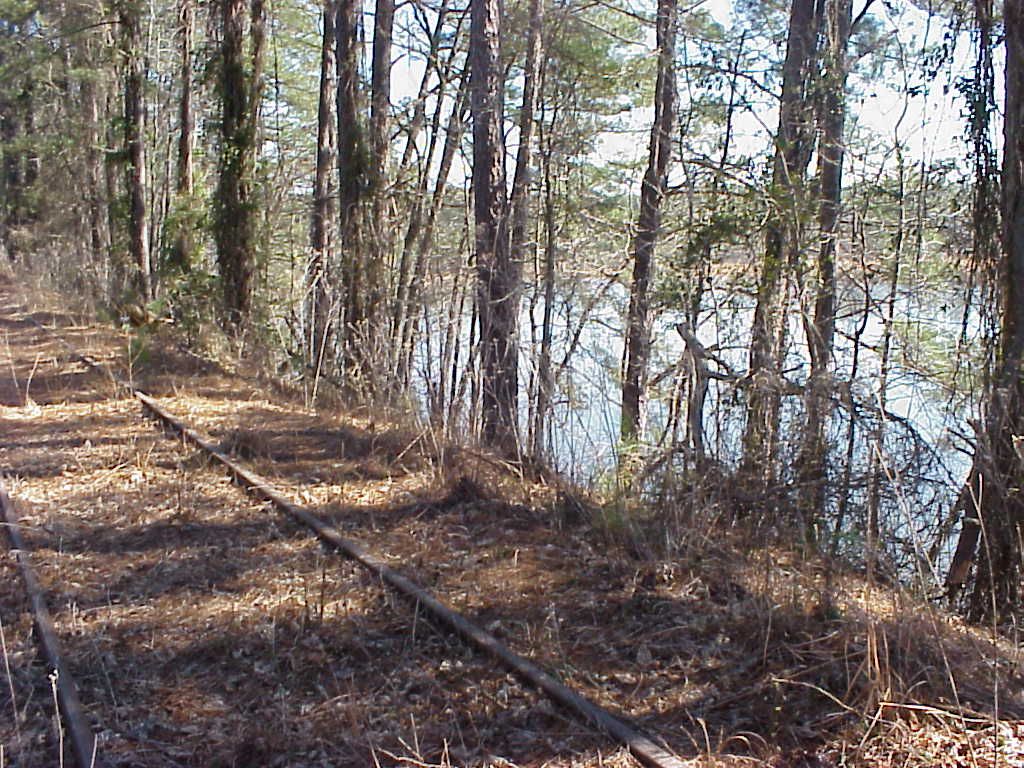
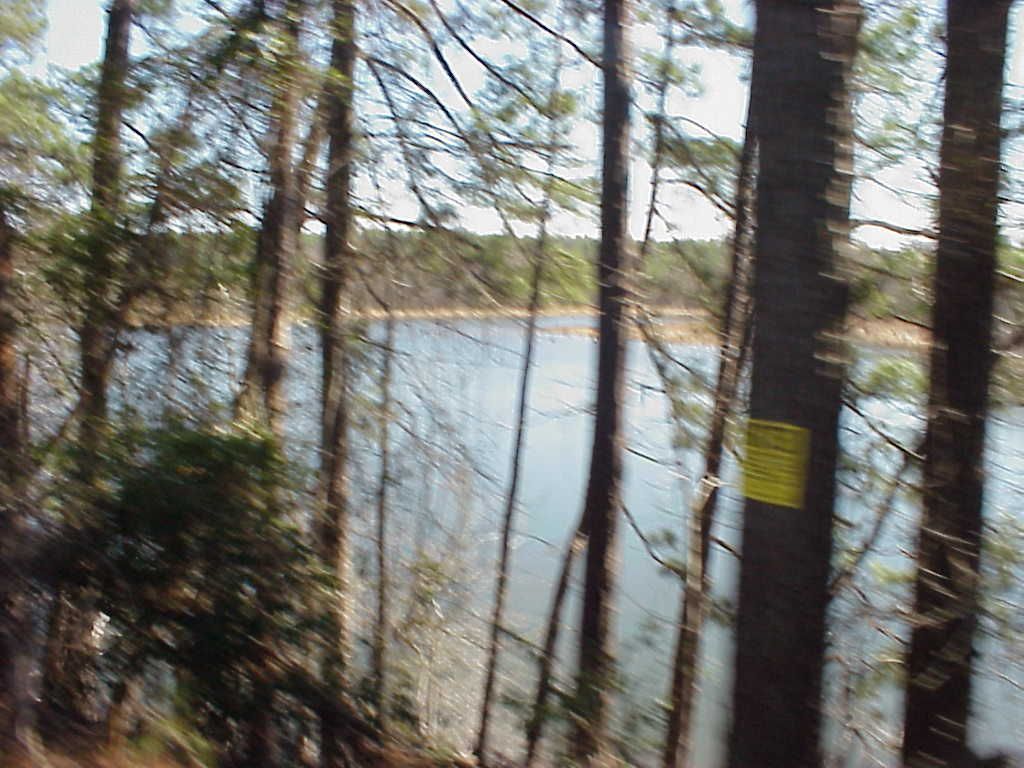
If you haven’t guessed yet, this is going to be a long introduction… More to come Jim
